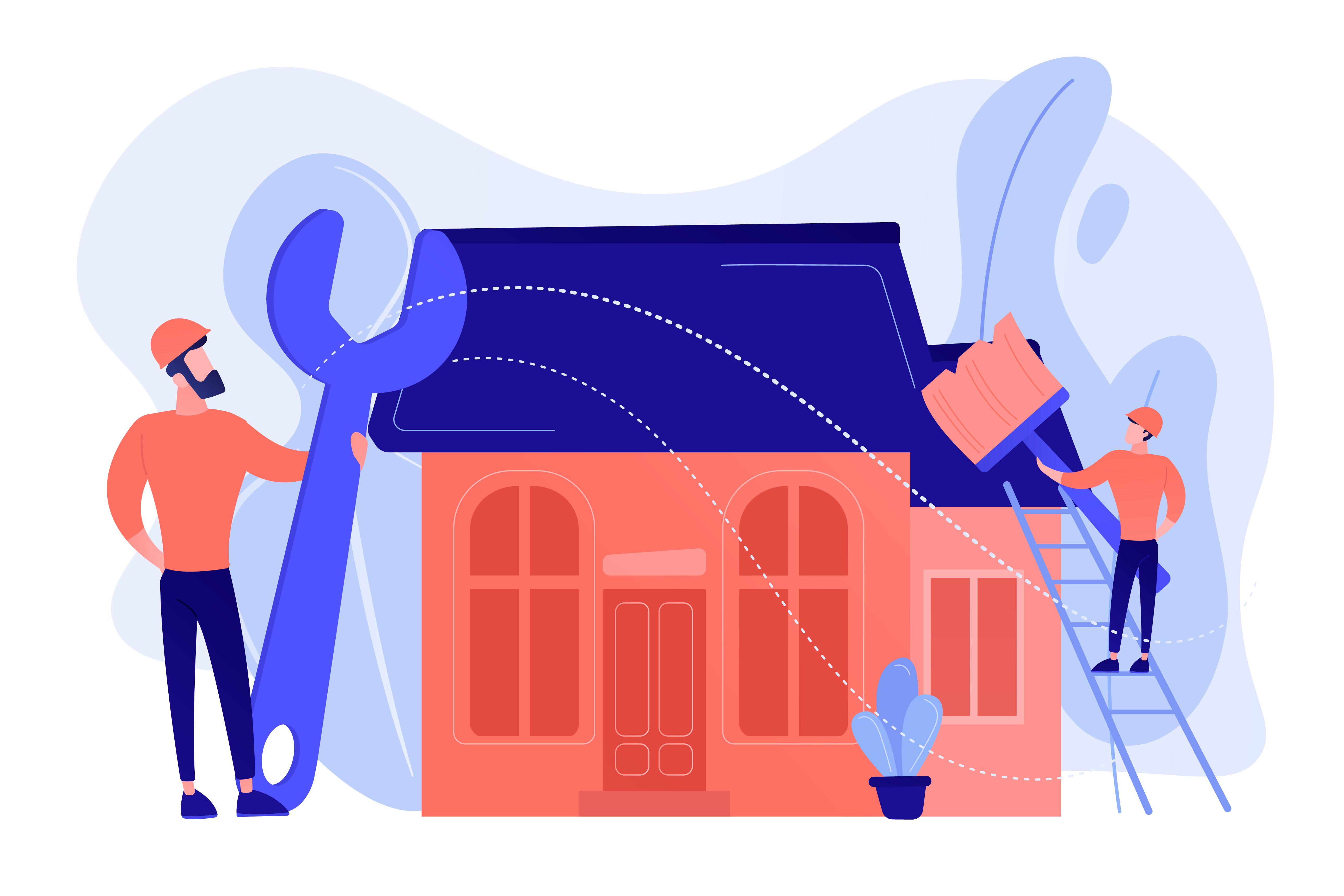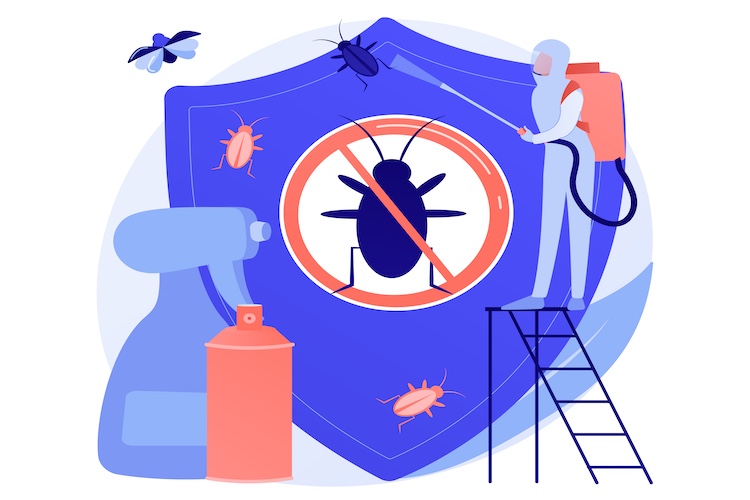Find Trusted Local Experts Near You
At GetMeInsure.com, we make finding the right insurance and home services fast, easy, and hassle-free. Whether you're looking for affordable auto insurance, comprehensive home coverage, health insurance, or reliable home services like plumbing, roofing, or pest control, we've got you covered.
We believe that getting the best quotes shouldn't be complicated or time-consuming. Our platform connects you instantly with top-rated providers across the USA, offering personalized quotes that fit your needs and budget. With our quick and user-friendly process, you can compare multiple options in minutes and make informed decisions with confidence.
Get Covered and Connected - Instantly!
Explore Options

Instant Quotes & Local Experts for Insurance and Home Services
Auto Insurance Quotes
Drive with Confidence! Get Free Auto Insurance Quotes from an agent near you. Enjoy affordable rates, quick comparisons and hassle-free coverage to protect your ride effortlessly. Get Instant Quote.
Roofing Services
Reliable & Cost Effective Roofing Services – Quick Estimates, No Hassle! Get professional roofing solutions at competitive rates for all your repair and installation needs. Get Offers Now.
Plumbing Services
Get affordable plumbing services with quick response times, expert solutions and minimal hassle. Fix leaks, clogs, and more today! Find Trusted Plumbing Professionals Near You.
Pest Control
Protect Your Home with Expert Pest Control! Get safe, effective and affordable solutions to eliminate pests and safeguard your property today. Find Pest Control Experts in Your Area.

Your Trusted Partner for Insurance & Home Services Solutions
At GetMeInsure.com, we’ve been connecting individuals and businesses with trusted insurance providers and local home service experts across the USA. For over a decade, our commitment to transparency, reliability, and customer satisfaction has made us a go-to platform for thousands of happy clients.
Discover a range of insurance and home services tailored to your needs. Connect Instantly, quick response and competitive rates and save 100's of dollars.
Explore Services





